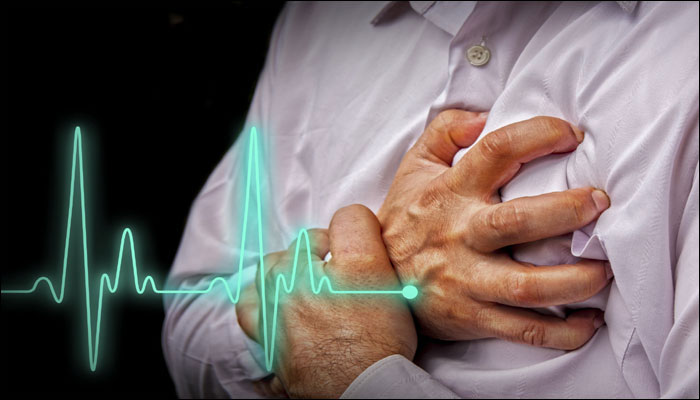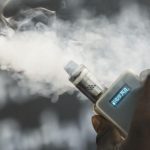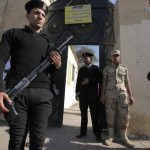Cardiac arrest patients may be more likely to survive and avoid permanent disabilities when bystanders use a defibrillator to treat them before an ambulance arrives, a new study suggests.
The study focused on 2,500 cardiac arrests that happened in a public place and were considered “shockable,” or possible to treat with an automated external defibrillator (AED). Overall, a bystander used a defibrillator to aid patients in just 19 percent of these cases, the study found.
But when bystanders did intervene, cardiac arrest patients had more than double the survival odds and were also more than twice as likely to leave the hospital able to walk and manage daily tasks with little or no assistance
“We did already know that rapid defibrillation by an AED used by a bystander will save lives,” said senior study author Dr. Myron L. Weisfeldt of Johns Hopkins School of Medicine in Baltimore.
What was less clear, however, was whether people who survived after AED treatment were left with serious disabilities that made it harder to function in daily life, Weisfeldt said by email.
“This study shows the opposite,” Weisfeldt said. “The increase in survival is with even better neurologic function (normal or near normal) at the time of hospital discharge.”
In cardiac arrest, the heart stops abruptly, often due to irregular heart rhythms. Cardiac arrest may occur with no warning and is often fatal unless the heart can be restarted quickly. In about 25 percent of cardiac arrests that occur outside of hospitals, the irregular rhythm is potentially shockable.
Automated defibrillators are often available in public places like restaurants and airports. These devices typically have electrodes that attach to the chest with sticky pads and deliver shocks based on what a computer in the defibrillator determines the person needs.
In the study, 67 percent of patients who received a defibrillator shock from a bystander survived long enough to leave the hospital, compared with 43 percent of patients who didn’t get shocked until emergency medical services arrived.
By the time they were discharged, 57 percent of the patients who received a defibrillator shock from a bystander had few or no functional disabilities, compared with 33 percent of patients who didn’t get shocked until an ambulance reached the scene.
The study wasn’t a controlled experiment designed to prove whether or how bystander shocks might cause better survival odds or limit disabilities after a cardiac arrest.
Another limitation of the study is that it involved patients in just six regions in the U.S. and Canada, and results might be different elsewhere. Researchers also lacked long term data on functional outcomes, the authors note in Circulation.
Another challenge is getting bystanders to recognize where they might find an AED and how to use one, noted Dr. Christopher Fordyce, a researcher at the University of British Columbia in Vancouver, who wasn’t involved in the study. This problem is particularly acute in smaller, less urban areas.
“The challenge is where to locate AEDs,” Fordyce said by email. “This is an area of immense ongoing research.”
Still, the study results suggest that the investment in AEDs in communities can pay off in saved lives, said Dr. Lenworth Jacobs, director of the Trauma Institute at Hartford Hospital in Connecticut.
“The data is very persuasive,” Jacobs, who wasn’t involved in the study, said by email. “It is clearly worth it to invest in the training and equipment as it is helpful to the patients.”
For bystanders to provide effective help, they may also need to know how to administer cardiopulmonary resuscitation (CPR), noted Peter Fromm, administrator of the cardiovascular service line at South Nassau Communities Hospital for Cardiovascular Health in Oceanside, New York.
“When a person has a cardiac arrest, they stop moving and breathing,” Fromm, who wasn’t involved in the study, said by email. “If a person does not respond when you shake and shout, they need immediate help, and in some communities the 911 operator can help talk you through CPR.”














